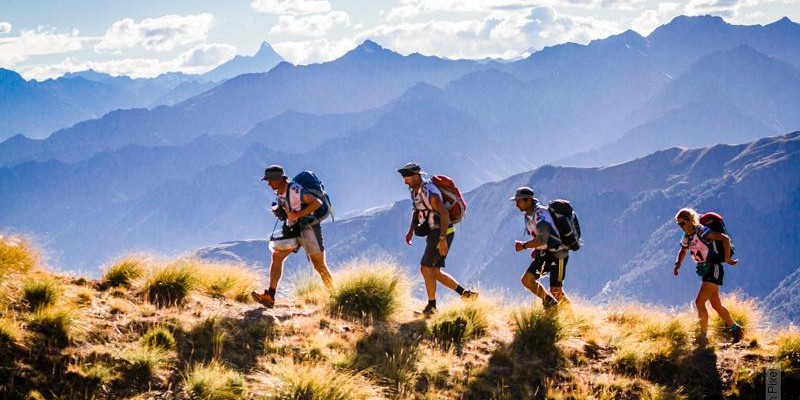If you’re an active person, then you’ve probably had your fair share of blisters and chafing from new shoes or sweaty clothing. These skin problems, especially blisters, can be more than just irritating if left untreated. However, treating blisters is easy to do, and they can be easily prevented as well.
What Happens To Untreated Blisters?
Although a blister is often no more than a minor irritant, it can become a bigger issue if it ruptures and is left untreated. Open blisters can easily become infected with a bacterial infection called cellulitis. In addition to running the risk of infection, open blisters can become extremely sore, making walking or running painful. To avoid these problems, blisters should be treated immediately when they appear.

What Causes Blisters?
The most common cause of blisters for extremely active people occurs when shoes constantly rub against one area of the foot, often when your shoes do not fit well. For many people who run long distances, blisters can become a problem during their workout or during competitions. In addition, wet socks and shoes will cause blisters to form more quickly. Sweating as you run will cause your socks to become damp, which can cause blisters to form.
Treating Blisters
When you feel blisters forming, you need to treat them as soon as possible so they don’t get worse. Some smaller blisters will be fine if left untreated, but larger blisters should be treated, especially if the pressure on your skin exerted by them causes pain. In addition, if you happen to be a diabetic, you need to have the pressure released from a blister. Ideally, you should have a doctor puncture your blister and gently apply pressure to drain it. Treating it yourself can lead to infection of the blister.
If you do decide to treat the blister on your own at home, you need to use a sterile needle, which can be bought in most pharmacies, to puncture the blister. When you puncture it, don’t insert the needle too far into the blister, rather you should just make a small hole in it at the side. Then, after it has been pierced, gently apply pressure to drain the pus from it. Afterwards, cover the blister with a sterile bandage.
Preventing Blisters
Blisters can easily be prevented by making sure your shoes fit well and that your shoes and socks are completely dry when you’re wearing them. When you’re exercising, wear socks that will help wick moisture away from your skin, which will make it less likely for a blister to form. You can also use products like Gurney Goo anti-blister ointment to help prevent the formation of blisters on your feet, hands and the other areas of your body that tend to chafe when you exercise or compete.
By immediately treating any blisters that you get, you can prevent them from becoming infected and becoming more of a problem. However, the prevention of blisters is better achieved by making sure your shoes are dry and fit properly, as well as by using preventive treatments on sensitive areas.
